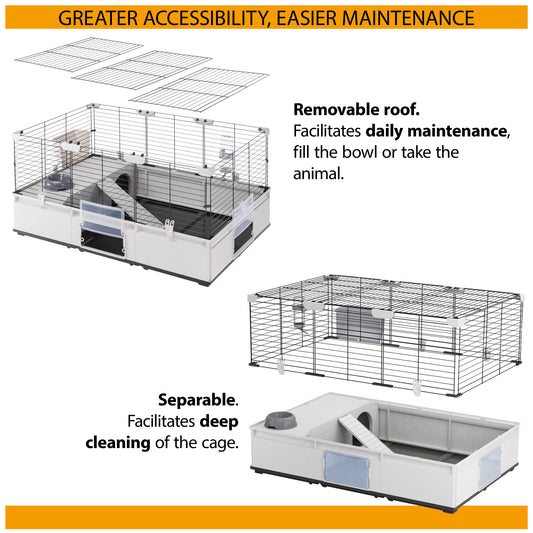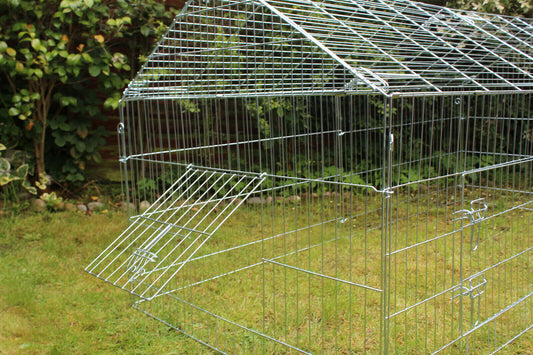Dogs are skilled communicators who are always telling their owners how they are feeling. The problem is that not everyone knows how to understand their pet and this can lead to problems. Dogs ‘speak’ mostly with their body language and if you don’t know how to interpret it you could find it leads to misunderstandings. When you know what your dog is saying you’ll have a happier pet and develop a stronger bond with them.
What To Look For in a Happy Dog
If you know that your dog is happy you can relax knowing all is well, but what are the signs of contentment? Look for the following:
- Facial expression is alert and interested in what is going on around them
- Tail will either be hanging loose or wagging. If they are very happy it could be wagging a lot!
- Ears will be relaxed in a natural position
- Mouth will be relaxed and possibly open
- Eyes will look a normal shape with relaxed eyelids
Changes in Mood
It is important that you are able to pick up on your dog’s change in mood as it could be an indicator that they are unwell or unhappy about something. For example, a dog who is not happy with the attention they are receiving from a visitor to the home will start giving subtle clues to their displeasure in the hope you will intervene. If your dog’s attempts at communicating with you are ignored, they may feel they have no option but to take drastic action such as growling or nipping. Dogs will only do this as a last resort, so if it happens you may have missed the warning signs.
A Sad Dog
Dogs can show signs of being depressed if there has been a major change in their environment, or if they are under-stimulated, suffering with pain or discomfort, or grieving for a lost companion. The body language signs to look out for here are:
- Low activity levels
- Increased time spent asleep
- Tail held low or tucked between legs
- Head held low
- Low body posture/shrinking away
- Reluctance to make eye contact
An Anxious Dog
Dogs can become anxious or stressed for all sorts of reasons and if you can find out what triggers it in your pet you can better help them. It could be that they are in a situation they are really not happy about, such as being approached by an unfamiliar dog or hearing fireworks going off outside. The body language signs to look out for here are:
- Eyes are wide and staring
- Ears held slightly back, closer to their head
- Mouth closed and tense
- Excessive lip licking and yawning
- Panting
- Low body posture
- Tail tucked between legs or cautiously wagging
- Turning their head away
- Sneezing, shaking or chattering teeth
A Frightened Dog
A dog experiencing fear can give quite dramatic signs so this is one of the easier moods to spot. Although individual dogs respond to frightening situations in different ways, their goal is the same – to get away from what it is that has frightened them. The body language signs to look out for here are:
- Cowering to make themselves look as small as possible
- Trying to get away
- Eyes wide and darting
- Ears flat against the head
- Shaking
- Yawning or licking lips
- Drooling excessively
An Angry Dog
This is one to watch! If a dog is telling you with their body language that they are angry – stay away. They will need space and time to calm down. The body language signs to look out for here are:
- Stiff body, weight forwards. A dog will be trying to make themselves look as big as possible
- Stiff tail – either held up or between legs
- Ears held up
- Eyes staring with enlarged pupils
- Hair along their back raised
- Nose wrinkled
- Teeth bared
- Snarling
- Snapping
It is important to note that similar signals can mean different things in a different context. We tend to think of a wagging tail as a sign of happiness but the language of the tail is much more complex than this. Worried dogs will sometimes wag their tails as a gesture of appeasement, dogs lacking in confidence might give a low wag, and dogs weighing up a situation might have a high, slow wag. You should take in the full picture of your dog’s body language before making a judgement.
Building a Better Relationship
Being mindful of your dog’s changing moods will strengthen the relationship between you and your pet, as well as being essential to avoiding any potential conflict. Dogs that are understood by their owners are generally happier – and happier dogs means happier owners.
Shop All Dog
If you found this article interesting, why not check out:









